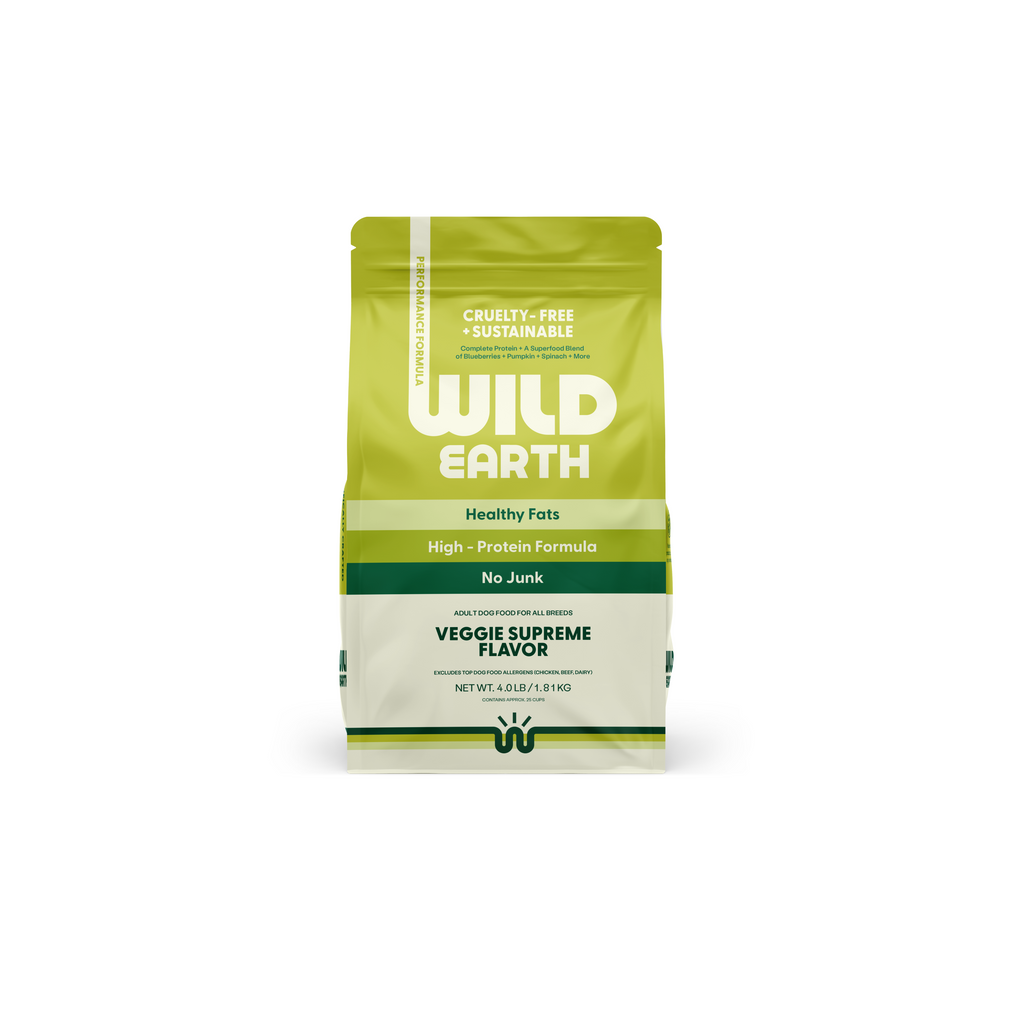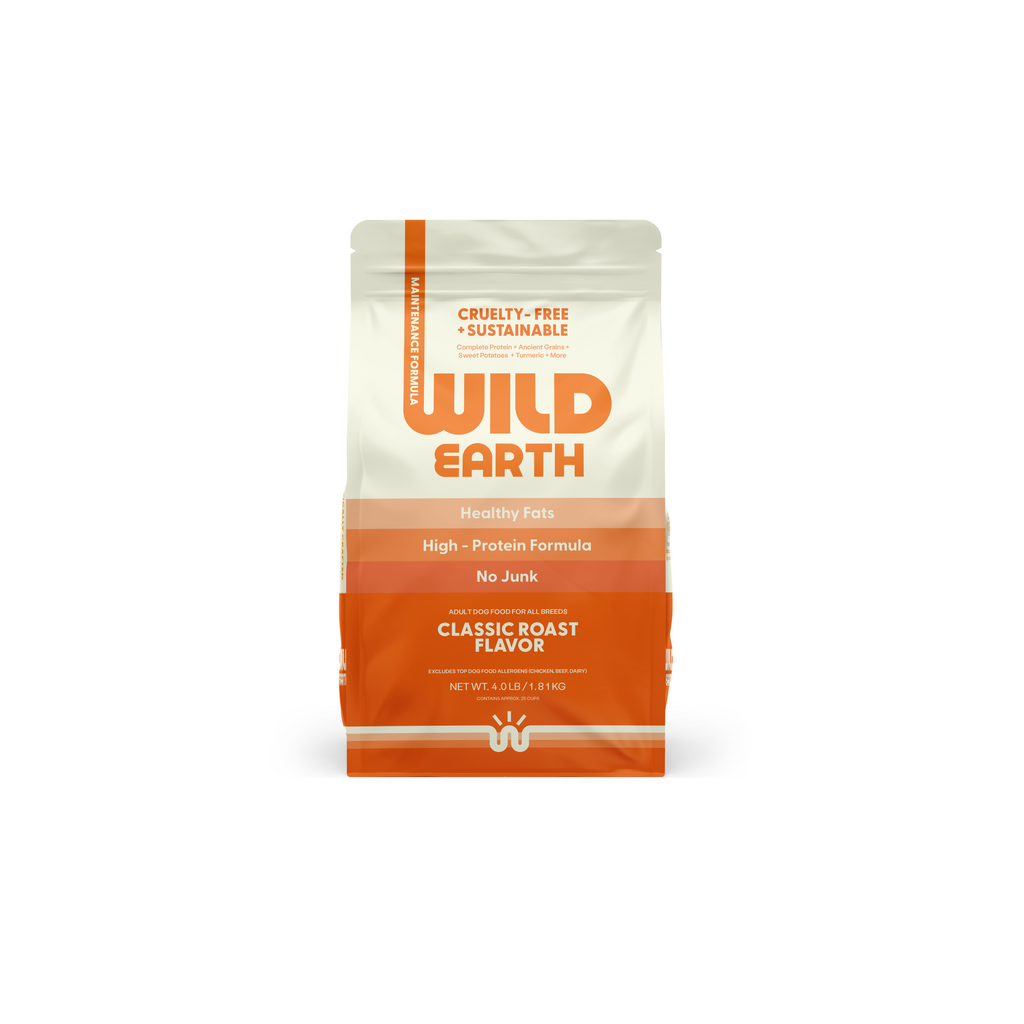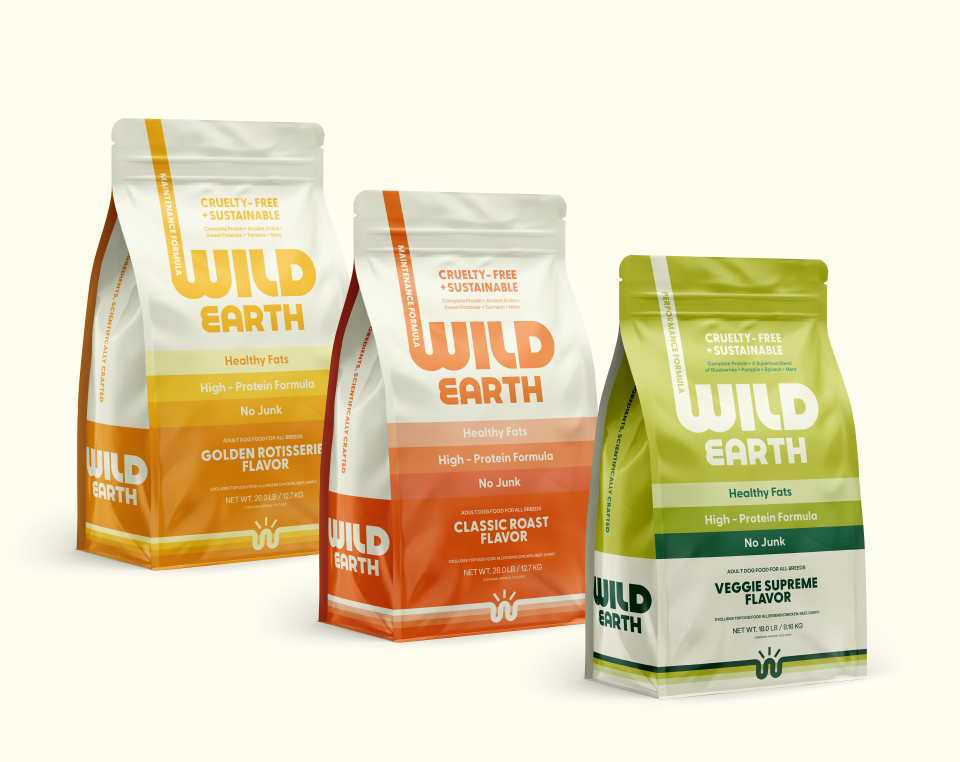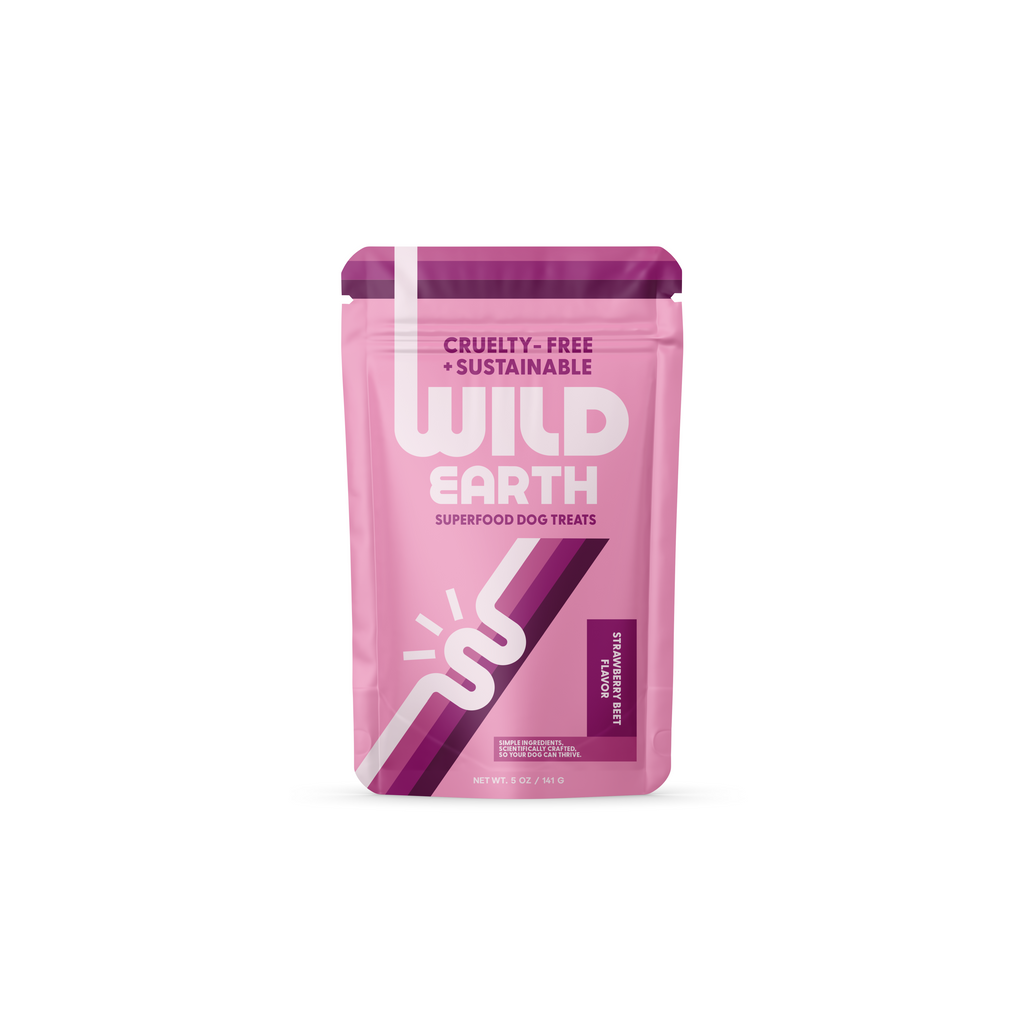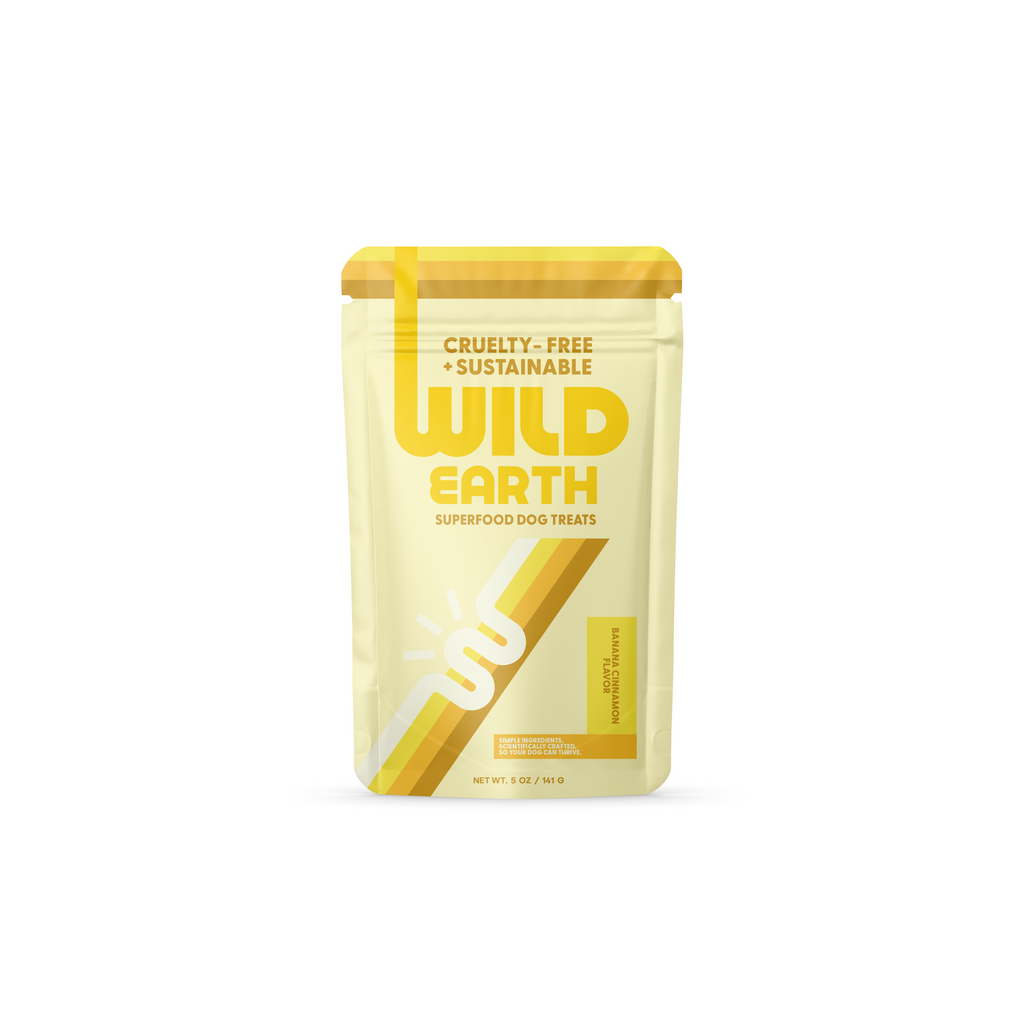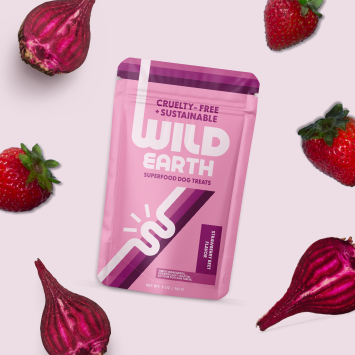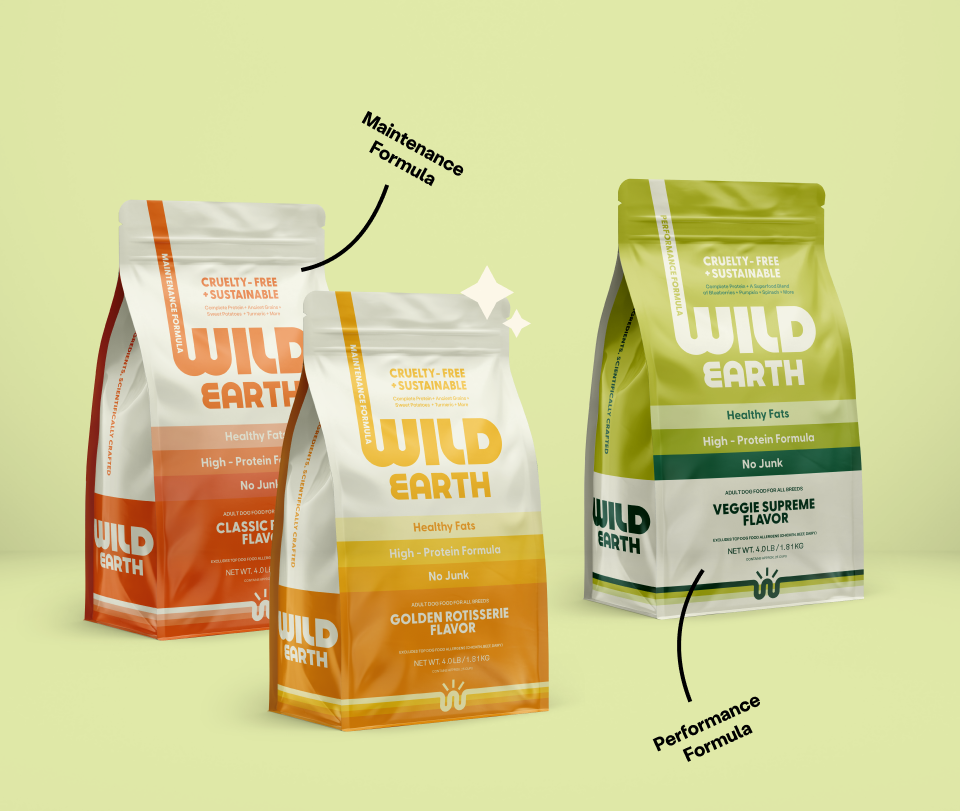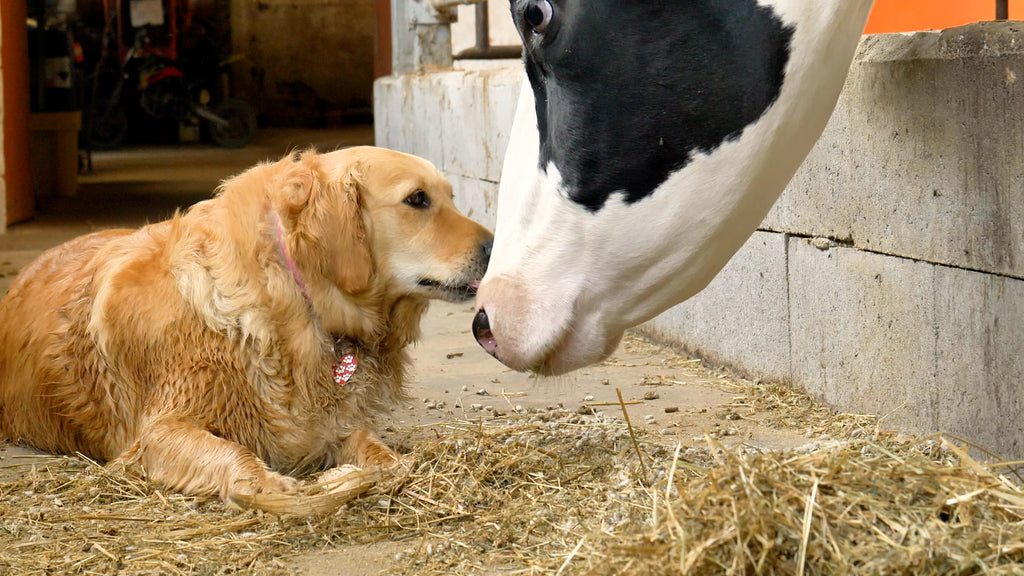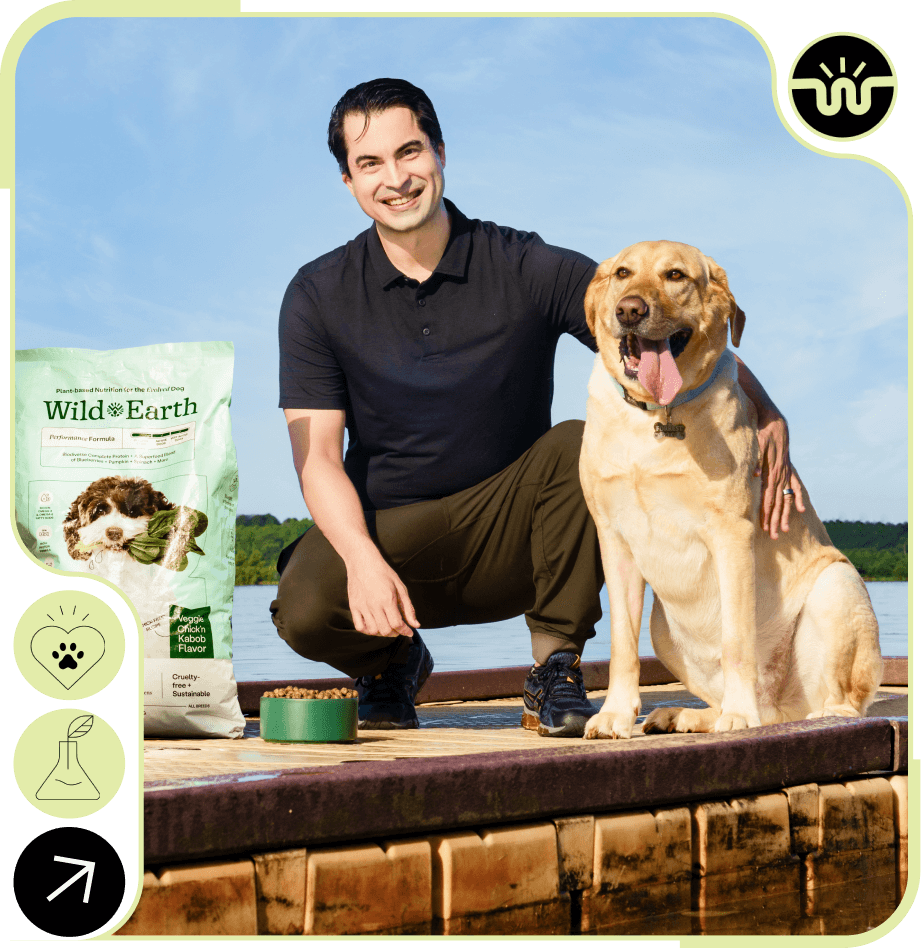6 Signs Your Dog’s Diet Might Need a Change
Summary
-
Digestive problems like diarrhea, vomiting, or excessive gas may signal food intolerance or poor-quality ingredients in your dog’s current diet.
-
Skin issues and a dull coat, including itching, dry patches, or heavy shedding, often point to food allergies or nutrient deficiencies.
-
Appetite changes, such as loss of interest in food or overeating, could mean the food isn’t palatable or nutritionally satisfying.
-
Sudden weight loss or gain indicates that the diet may lack balance, either too few nutrients or too many empty calories.
-
Bad breath and tear stains can result from low-quality ingredients or underlying food sensitivities.
-
Lethargy or behavioral shifts like restlessness or anxiety may stem from inadequate or irritating food choices.
Your dog can’t tell you when something’s wrong, but their body sure can. From odd bathroom habits to a lackluster coat, your pup may be showing signs that their current food just isn’t cutting it. If your four-legged friend seems off lately, it might be time to take a closer look at what’s in their bowl.
Feeding your dog should feel good, not confusing. At Wild Earth, we believe that every pup deserves food that’s not only delicious but truly nourishing. So let’s talk about the six most common signs that your dog’s diet might need a serious update.
1. Digestive Issues
Frequent Diarrhea or Vomiting
If your dog is having regular tummy troubles like vomiting or diarrhea, it’s a loud signal that something isn’t sitting right. These symptoms often point to food intolerance, sensitivity, or simply poor-quality ingredients. Not every pup processes the same foods well, and even popular brands might include fillers or meat by-products that upset your dog’s digestive system.
Excessive Gas or Loose Stools
Nobody likes a gassy dog and chances are, your dog doesn’t like being that way either. Persistent gas or consistently loose stools suggest that the current diet isn’t digesting properly. These can be early indicators that their gut health is suffering, and their food may lack sufficient fiber or have hard-to-digest animal proteins.
2. Skin and Coat Problems
Itchy Skin or Dry Patches
Scratching more than usual? Constant itching, red patches, or dry skin could be linked to food allergies or nutrient deficiencies. Many commercial dog foods contain common allergens like beef, dairy, or chicken, which can trigger uncomfortable skin reactions.
Excessive Shedding or Dull Coat
Your dog’s coat should be shiny and soft to the touch. If it’s looking dull or if you’re constantly finding tufts of fur on your couch, your dog might not be getting the essential fatty acids and vitamins they need. A well-balanced diet rich in omega-3s can make a world of difference.
3. Appetite Changes
Loss of Interest in Food
Dogs are usually pretty enthusiastic eaters. If your pup starts turning up their nose at mealtime, it could mean they’re bored with the flavor or having trouble digesting the food. This lack of interest may also suggest discomfort after eating.
Overeating or Refusing Meals
Some dogs will eat excessively to make up for nutritional gaps, while others might refuse food altogether if it makes them feel unwell. Either behavior indicates that their current diet isn’t satisfying their needs.
4. Weight Fluctuations
Unintentional Weight Loss
Is your dog dropping pounds even though they’re eating regularly? They might not be absorbing nutrients properly, or the food could be lacking in essential calories. This is especially risky for active or senior dogs who need consistent energy levels.
Rapid Weight Gain
On the flip side, unexpected weight gain can mean the food is calorie-dense without offering real nutrition. Many dog foods are packed with empty calories from fillers like corn or soy that bulk up your pup without providing what their body actually needs.
5. Bad Breath and Tear Staining
Persistent Bad Breath
Dog breath isn’t supposed to smell like roses, but if it’s knocking you out, it could signal deeper issues. Bad breath often stems from poor dental health or internal digestive problems, both of which can be worsened by subpar diets.
Excessive Tear Staining
Those brown streaks under the eyes aren’t just cosmetic. Tear staining can indicate inflammation or allergic reactions, frequently caused by artificial additives or low-quality ingredients in dog food.
6. Lethargy and Behavioral Changes
Decreased Energy Levels
Is your dog less excited about walks or playtime? Low energy might reflect an imbalanced diet that lacks sufficient protein or other vital nutrients. Food should fuel their day, not slow them down.
Restlessness or Anxiety
Unusual pacing, whining, or irritability can sometimes be traced back to food sensitivities or post-meal discomfort. Dogs, like humans, can feel off when their diet isn’t right.
What to Do If You Notice These Signs
1. Consult Your Veterinarian
Before jumping into a diet change, check in with your vet. They can help rule out underlying health conditions and may recommend allergy testing or specific nutritional shifts. Think of your vet as your partner in keeping your pup happy and healthy.
2. Transition to a New Diet Gradually
If you’re switching foods, take it slow. Mix small amounts of the new food with the old over 7 to 10 days. This eases the digestive transition and lets you monitor how your dog reacts. Sudden changes can cause more harm than good.
3. Choose High-Quality Food
Don’t just reach for any bag on the shelf. Look for food made with clean, whole ingredients, without by-products or artificial fillers. It should be tailored to your dog’s age, breed, and activity level.
That’s exactly why so many pet parents turn to Wild Earth. Our plant-based formulas are packed with complete proteins, omega fatty acids, prebiotics, and absolutely no mystery meats. They’re vet-developed and thoroughly tested for quality and nutrition. Plus, they’re kind to sensitive stomachs and the planet.
Prevention and Long-Term Dietary Tips
Regularly Assess Your Dog’s Diet
As your dog grows and their lifestyle changes, so should their food. A diet that worked when they were a puppy may not be ideal in their senior years. Check in every few months to see how your pup is doing and whether their food is still the best fit.
Incorporate Supplements if Needed
Not every pup needs a supplement, but many benefit from things like omega-3s (for coat and joints), probiotics (for digestion), or glucosamine (for joint health). Talk to your vet before adding anything new.
Monitor for Allergies or Sensitivities
If symptoms return or persist after switching foods, your dog might still be reacting to something in their diet. Common culprits include animal proteins, wheat, or dairy. A hypoallergenic, plant-based formula can often solve the problem.
Conclusion
From tummy troubles to low energy, there are plenty of ways your dog might be telling you their food isn’t right. Paying attention to these signs and acting early can prevent long-term issues and help your dog feel their best.
If something feels off, don’t wait. Talk to your vet and consider upgrading to a high-quality, science-backed food like Wild Earth. It could be the change that transforms your dog’s health and their happiness.






